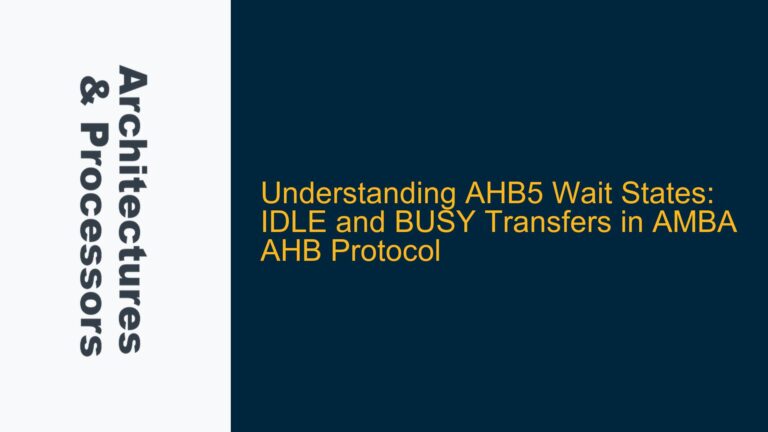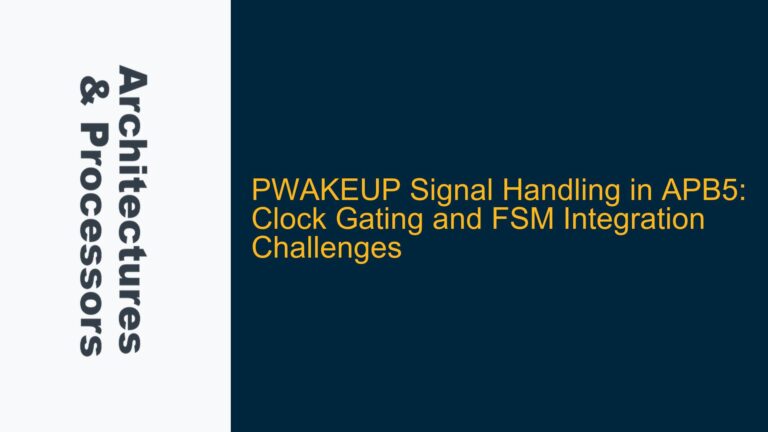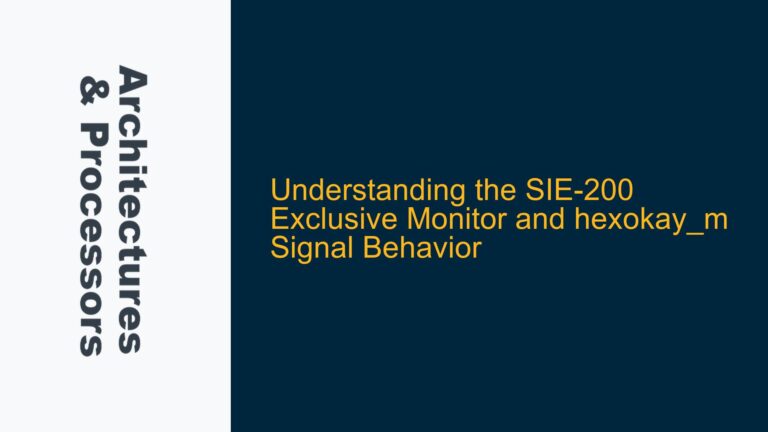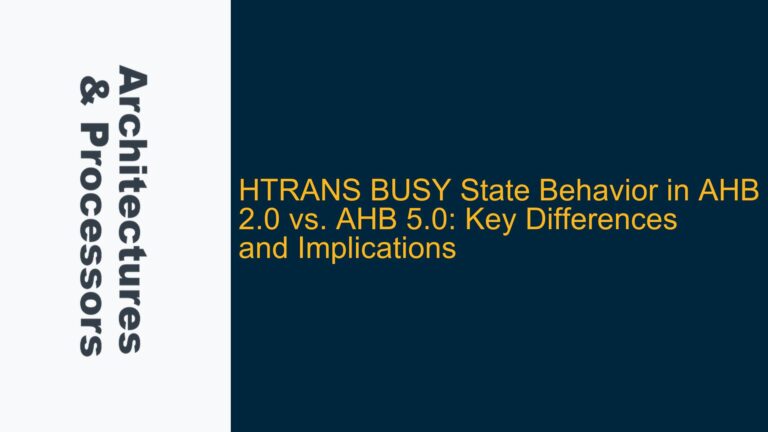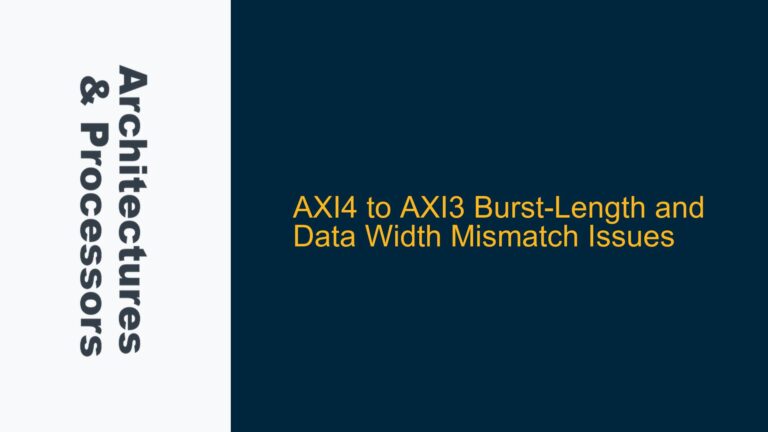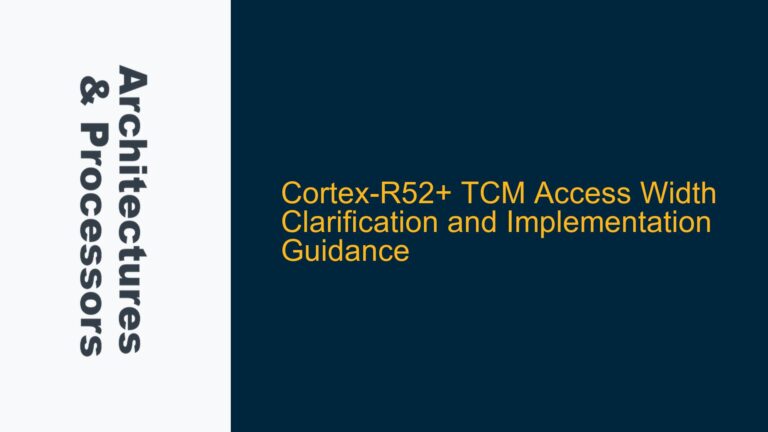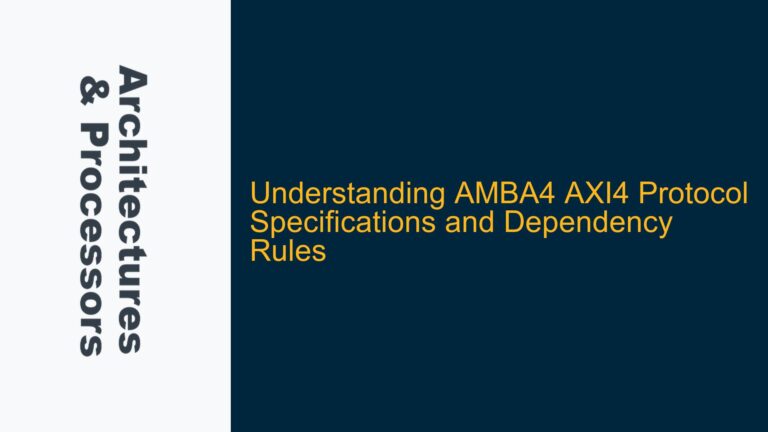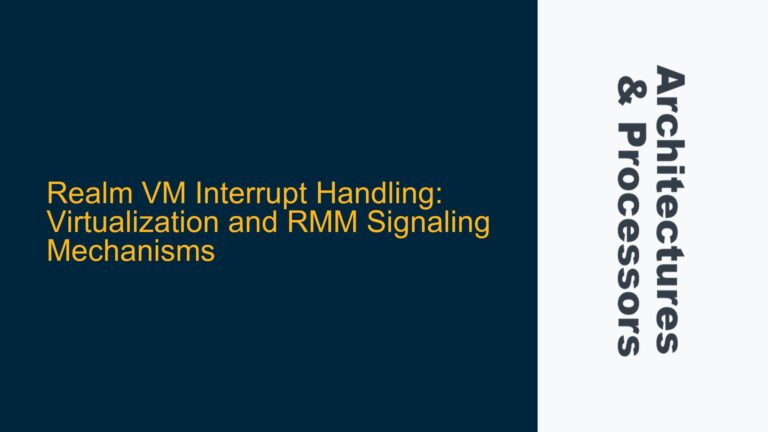AHB5 Wait States: IDLE and BUSY Transfers in AMBA AHB Protocol
AHB5 Protocol: IDLE and BUSY Transfers in Data Transfer Sequences The AMBA AHB5 protocol is a critical component in ARM-based SoC designs, governing the communication between masters and slaves through a shared bus. One of the key aspects of the AHB5 protocol is the management of wait states using IDLE and BUSY transfers. These transfers…
